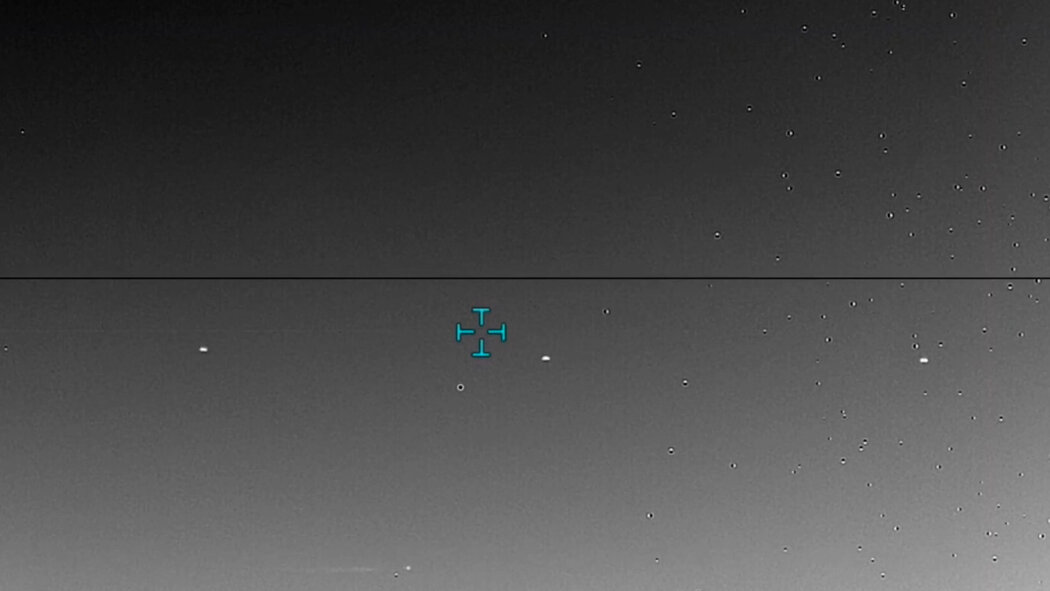NASA Panel Says Data Problems Make Explaining U.F.O.s Difficult
The Latest
Members of a NASA task force that studies unidentified anomalous phenomena, or U.A.P.s, said on Wednesday that they were pushing the government to collect better data to try to find answers for unexplained events that have captured the public’s imagination.
A Pentagon official speaking at the meeting said the Defense Department is examining more than 800 cases from the past 27 years, but only 2 to 5 percent of those incidents are considered truly unexplained. The numbers are an increase from 2022 and represent new information that the Federal Aviation Administration has given to the Pentagon as well as an uptick in reports after a Chinese spy balloon transited the United States.
Why It Matters: These phenomena have fascinated the public.
People are and always will be interested in space aliens, but these unexplained incidents are not extraterrestrial visitations — they are mostly drones, balloons and trash blowing in the winds.
“There is no conclusive evidence suggesting an extraterrestrial origin for U.A.P.s,” said Nadia Drake, a panel member and science journalist who has written in the past for The New York Times. “Collecting more good data from the scientific community to review in a peer-reviewed context will be important for progress to be made here.”
One reason data on these phenomena is so bad is that the military cameras, radar and other sensors that have collected videos are typically fine-tuned for other purposes, such as bomb targeting, rather than being designed to gather data necessary to identify nonhostile objects.
Many in the public are invested in the idea that some of the anomalous phenomena could be extraterrestrial. NASA officials said many panel members had been subjected to online harassment. Throughout the meeting, many commentators on NASA’s YouTube feed accused panel members of lying or covering up evidence of extraterrestrials.
Despite such hostility, the panel tried to explain some of the material that has fascinated the public. It used some (slightly tricky) high school geometry to explain how the object in one video taken by a Navy plane in 2015 known as “GOFAST” was not moving quickly but at just 40 miles per hour by illustrating how the vantage point on an object could be a visual trick.
Scott J. Kelly, a former astronaut, said that when flying, whether in air or space, optical illusions abound. When he was a F-14 Tomcat pilot, he said, the flight officer in the back seat thought he saw a U.F.O.
“I didn’t see it,” Mr. Kelly said. “We turned around. We went to go look at it. It turns out it was Bart Simpson, a balloon.”
Background: Many examples, most with explanations.
Many military videos of these phenomena appear interesting at first, but only later do ordinary explanations emerge.
Sean M. Kirkpatrick, the director of the Pentagon’s All-domain Anomaly Resolution Office, presented a video recorded by a P-3 surveillance plane, which showed three dots that appeared to move back and forth. Further research found that the dots were three planes about 40 miles away waiting to land at an airport.

Mr. Kirkpatrick showed another video in which something remains unexplained, but which was an example of the kind of thing the U.S. military sees around the world. The video, recorded by a MQ-9 drone flying in the Middle East last year, appeared to show a silver orb. While some outside experts have said such objects appear to be stray weather balloons, Mr. Kirkpatrick said they have no further data and cannot yet come to a firm conclusion.
Throughout the public meeting, experts repeatedly emphasized that the data collected of almost all of the unexplained incidents was of low quality, and therefore it was difficult to reach any conclusions about many incidents.
What’s Next: The task force’s report.
NASA will release a report of its task force by the end of July, making recommendations to the government. But it was clear from the panel discussion on Wednesday that improving data collection to quickly resolve unexplained or anomalous sightings will take time.
In the meantime, reports of U.F.O.s will continue to proliferate.
This article has been archived for your research. The original version from The New York Times can be found here.


